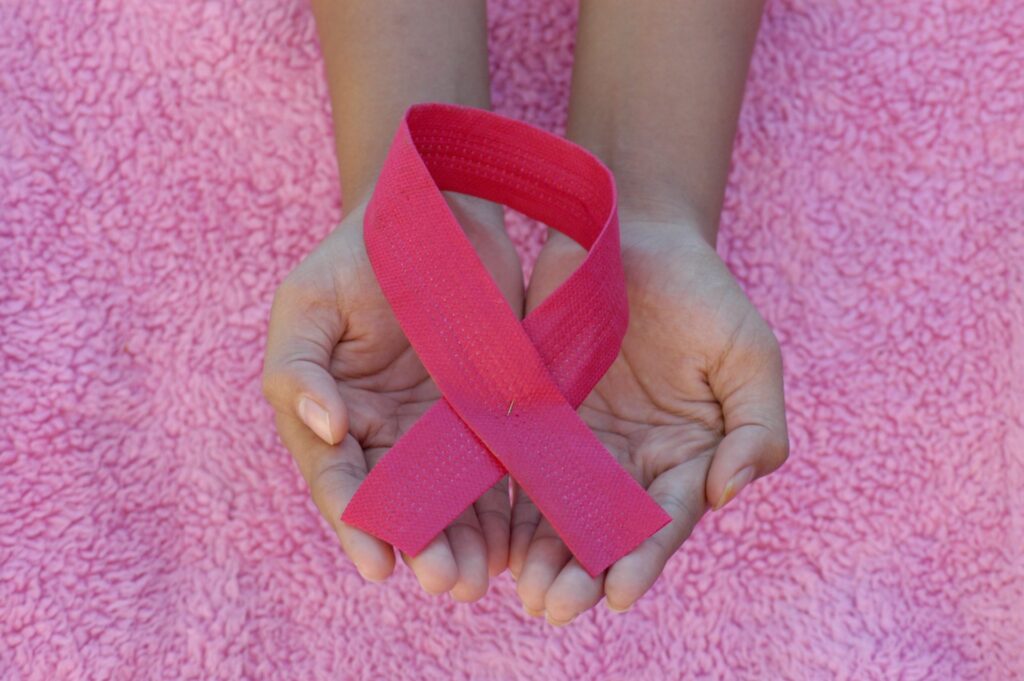Posted by: Skin And Cancer Institute in Medical Dermatology

As the sun-kissed skies of Las Vegas lure us into their warm embrace, a silent and often underestimated danger accompanies the radiant desert scape—melanoma. The word itself can conjure up images of fear and uncertainty; however, a robust understanding of melanoma can empower us to take charge of our health and enjoy the desert sun responsibly. In this comprehensive guide, we’ll delve into what melanoma is, how to spot it, and how to protect against it. Whether you’re strolling the Strip or relaxing by the pool, this information is indispensable for every resident of Las Vegas.
Understanding Melanoma
Melanoma is a type of skin cancer that develops in the cells (melanocytes) that produce melanin, the pigment that gives your skin its color. Melanoma can also form in the eyes and, rarely, in internal organs, such as the intestines. Though it’s less common than other types of skin cancer, like basal cell carcinoma and squamous cell carcinoma, melanoma is more likely to grow and spread. Early detection is key—the survival rate is very high when melanoma is identified and treated in its earliest stages.
Melanoma Risk Factors
Sun Exposure and UV Radiation
The primary cause of melanoma is intense, intermittent exposure to the sun, typically producing sunburn. Tanning bed use is also a significant risk factor. Las Vegas’s sunny climate, with an average of 294 sunny days each year, means residents are especially exposed to UV radiation, a known carcinogen.
Skin Type and Family History
Fair-skinned individuals with light-colored eyes or hair are at higher risk than those with a history of sunburns, particularly in childhood. Furthermore, having a close relative with a history of melanoma significantly increases your risk of developing the disease.
Other Risk Factors
Other risk factors include having many moles, a weakened immune system, and exposure to certain chemicals. It’s also important to note that although people with darker skin may have a lower risk, this does not exempt them from developing melanoma, and it can often be more deadly due to late detection.
Melanoma Signs and Symptoms
ABCDE Rule
Dermatologists often refer to the ABCDE rule to identify possible signs of melanoma:
- Asymmetry: Half of a mole or birthmark does not match the other.
- Border Irregularity: The edges are irregular, ragged, notched, or blurred.
- Color: The color is not the same all over and may include shades of brown or black, sometimes with patches of pink, red, white, or blue.
- Diameter: The spot is larger than 6 millimeters across, although melanomas can be smaller.
- Evolving: Any change in size, shape, color, elevation, or any new symptom, such as bleeding, itching, or crusting.
Unusual Moles and Growths
Beyond the ABCDE rule, it’s important to pay attention to any moles that appear to be new or changing, as well as any unusual growth on the skin. Melanoma can develop anywhere on the body, but it’s most common in areas frequently exposed to the sun.
Prevention and Protection
Sunscreen and Sun Safety Tips
Protect your skin from the sun’s harmful rays by using a broad-spectrum sunscreen with an SPF of at least 30. Reapply every two hours and after swimming or sweating. Seek shade during peak sun hours from 10 a.m. to 4 p.m., and protect your eyes with sunglasses that block UV light.
Regular Skin Checks and Screenings
Perform regular skin self-exams to become familiar with moles, birthmarks, and other marks on your skin. The earlier you spot a new, changing, or irregular mole, the better your chances of getting treatment that can save your life. Schedule a professional skin examination with a dermatologist at least once a year.
Protective Clothing and Accessories
Clothing is your first line of defense. Wear long-sleeved shirts, long pants, and wide-brimmed hats on sunny days. Consider clothing with built-in UV protection for extra protection, and use an umbrella at the beach or pool.
Melanoma Treatment and Resources
Treatment Options and Medical Advancements
If diagnosed with melanoma, treatments include surgical removal, immunotherapy, targeted therapy, chemotherapy, and radiation therapy. Las Vegas boasts a range of world-class medical facilities with advanced treatments and clinical trials available for eligible patients.
Support Organizations and Resources Available in Las Vegas
Beyond medical treatments, support organizations offer a wide array of resources for patients, survivors, and their families. From therapy groups to financial aid, the community in Las Vegas is committed to standing by those affected by melanoma.
Conclusion
Melanoma is not a disease to be taken lightly, but with knowledge and vigilance, it’s one we can combat. As Las Vegas residents, embracing awareness and taking proactive steps toward prevention can lead to a healthier, sunnier future. Encourage your loved ones to practice sun-safe habits, and if you spot any concerning changes on your skin, don’t hesitate to seek medical aid promptly.
By enhancing melanoma awareness, we safeguard our health and contribute to a community where early detection and effective treatment can save lives. Let this be the year we take control of our skin health in Las Vegas. It all starts with each individual taking a step towards the shade, donning a wide-brimmed hat, and making that online appointment or phone call for a regular skin check. Remember, the desert sun awaits, but so does our responsibility to protect ourselves from its rays.
Now is the time to make a change in your life. Book your appointment at The Skin and Cancer Institute for a deeper look at melanoma prevention and early detection and to ensure your peace of mind. Our renowned experts in dermatology are here to guide you to skin health and a brighter tomorrow. Make that decision today; your skin will thank you for it.